Vitamin E and Horses
Introduction
During metabolic activity the body produces waste products that are highly reactive with the cells and in excess can damage the cell. They are called free radicals. Along with selenium (Se), vitamin E acts as an antioxidant and reduces free radical activity and the deleterious reactions of these waste products. Vitamin E helps maintain membrane integrity in virtually all cells of the body and deficiency is increasingly being recognized as a cause of neurological and muscle disease in horses.This article consists of information on vitamin E requirements, sources, and deficiency. Scientific reports and links to related articles including diseases of vitamin E deficiency are provided.
Requirements
Vitamin E and selenium work together to reduce free radicals in the body. Therefore selenium intake greatly affects the amount of vitamin E required in the diet and vice versa. As selenium concentrations in feeds varies remarkably around the world it is important to understand seleniums role in the diet of the horse. NRC requirements for maintenance is 50 IU/ kg of feed. Pregnant, lactating mares, growing horses, and working horses an increase of 80 IU/kg was suggested because of reports that higher levels were needed to improve immune response and to maintain plasma vitamin E levels.It has been suggested that the requirement may even be higher and many recommend supplementing 1000 IU of vitamin E a day for all horses not on good pasture or not on maintenance rations. Vitamin E and vitamin A interactions have been reported in some species but no evidence of this has been found in the horse even with a 10 fold increase of dietary vitamin A.
Sources
The only feed that provides adequate amounts of vitamin E (greater than 80 IU / kg) is good pasture, therefore fortified grains or supplements are usually needed to meet the NRC requirement.There are eight forms of naturally occurring vitamin E that vary greatly in their biological activity. The d-alpha-tocopherol is the major and most active form in feeds and the only significant form in the horse's body. Moisture in stored feeds sufficient for fermentation and mold growth to occur (over 13%), as well as grinding, storage, and heat, all greatly decrease the vitamin E content of a feed. Nearly all vitamin E activity is lost in high-moisture feeds such as ensilage, haylage, and acid-treated grains.
Synthetic forms of vitamin E used for administration and diet supplementation have 74% of the biological activity of their d-isomers. To function effectively as an antioxidant, vitamin E must be easily oxidized; as a consequence, naturally occurring forms and synthetic alcohol forms (tocopherols) are relatively unstable. The synthetic forms have been esterified (acetates or acid succinates) and do not have antioxidant activity until their ester linkage is broken during digestion. As a result the tocopheryl esters are quite stable. Dl-alpha tocopheryl acetate is the form most widely used commercially.
Supplementation
It has been recommended that horses on poor pasture, who are pregnant, or performance horses receive a supplemental 1000 IU of vitamn E daily. These horse should also have there selenium intake estimated to decide if supplementation of Se should occur also. There is a recommendation for how to supplement vitamin E and integrating this with a general vitamin supplement in the article Vitamin Overview.
Vitamin E deficiency
These diseases that are all believed to involve vitamin E deficiencies:
- Equine Degenerative Myeloencephalopathy
- Equine Motor Neuron Disease
- White Muscle Disease of Foals
